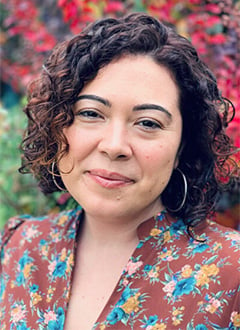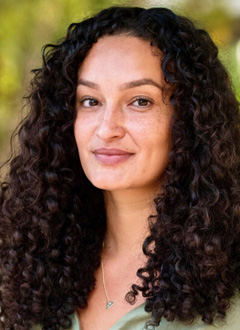 Follow us on Instagram @heinemannpub to stay up to date on the latest books, your favorite authors, and upcoming events!
Follow us on Instagram @heinemannpub to stay up to date on the latest books, your favorite authors, and upcoming events!
 Carla España is an instructor at the Bank Street College Graduate School of Education. Carla’s teaching journey began in a bilingual classroom in Harlem, New York, continued at Teachers College Reading and Writing Project partner schools, and at the bilingual teacher preparation program at Hunter College, City University of New York. Finder Carla on Twitter: @ProfesoraEspana
Carla España is an instructor at the Bank Street College Graduate School of Education. Carla’s teaching journey began in a bilingual classroom in Harlem, New York, continued at Teachers College Reading and Writing Project partner schools, and at the bilingual teacher preparation program at Hunter College, City University of New York. Finder Carla on Twitter: @ProfesoraEspana

Luz Yadira Herrera is an Assistant Professor at the Kremen School of Education and Human Development at California State University, Fresno. As a former teacher in NYC public schools and researcher at CUNY-NYSIEB, her teaching and research centers culturally and linguistically sustaining approaches to teaching emergent bilinguals, translanguaging pedagogy, and bilingual education policy. Find Luz on Twitter: @Dra_LuzYadira



